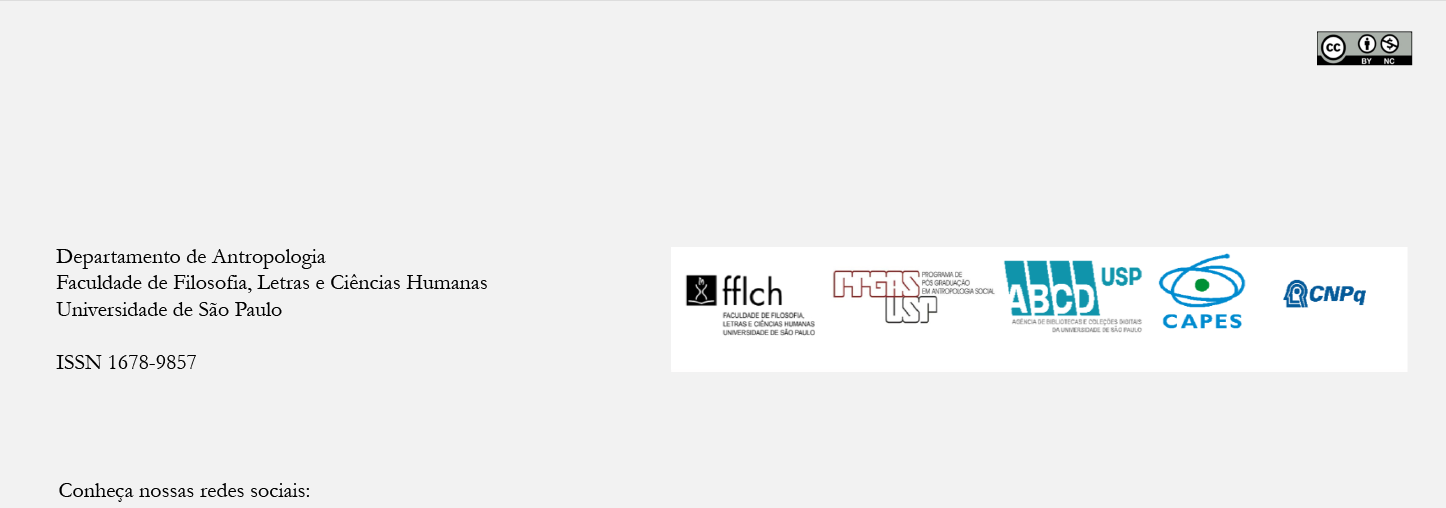Dialética do sabor: alimentação, ecologia e vida cotidiana em comunidades ribeirinhas da Ilha de Ituqui, Baixo Amazonas, Pará
DOI:
https://doi.org/10.1590/S0034-77012001000200002Keywords:
food, caboclos, Amazon, ecologyAbstract
Few aspects of human life are so deeply connected with basic survival and, at the same time, with symbolic and socially constructed elements than food. This paper presents and analyses data on food choice among the inhabitants of Ituqui Island, Lower Amazon, Pará state. The staples on Ituqui Island are represented by the traditional Amazonian combination of fish and farinha (manioc flour). It is also apparent an effort of diversification concomitantly to ways of cotemporizing the continuities of everyday life with social constructions of class, which appear to shape the processes of food choice and consumption. Even though, there is not a positive correlation between high status foods and the staples. In addition, many discursive ways of representing food appear to contradict the social practices, which are characterized by flexibility and negotiation of sociopolitical domains. Such domains include the household and community micro-politics as well as broader political-economy contexts of regional and transnational markets. Thus, through these mediating qualities potential forces of change and conflict are accommodated. In conclusion, the ways we de-codify our physical experiences and biological needs engage into a dialectical relation with our social desires and habitual structures, which can only be understood when the contextual conditions of the moment of action are contemplated.Downloads
Download data is not yet available.
Downloads
Published
2001-01-01
Issue
Section
Articles
License
Authors who intend to publish in this journal must agree with the following terms:
- a) Authors retain copyright and grant the journal the right of first publication. The work is simultaneously licensed under the Creative Commons Attribution License, which allows the work to be shared as long as the author and the initial publication in this journal are appropriately credited.
- b) Authors are authorized to sign additional contracts for non-exclusive distribution of the version of the work published in this journal (e.g., to publish it as a book chapter), as long as the author and the initial publication in this journal are appropriately credited.
- c) Authors are allowed and encouraged to publish and distribute their work online (e.g. on their personal webpage) after the editorial process, for this can generate productive changes as well as increase the impact and citation of the work. See The Effect of Open Access Publications.
How to Cite
Murrieta, R. S. S. (2001). Dialética do sabor: alimentação, ecologia e vida cotidiana em comunidades ribeirinhas da Ilha de Ituqui, Baixo Amazonas, Pará . Revista De Antropologia, 44(2), 39-88. https://doi.org/10.1590/S0034-77012001000200002



